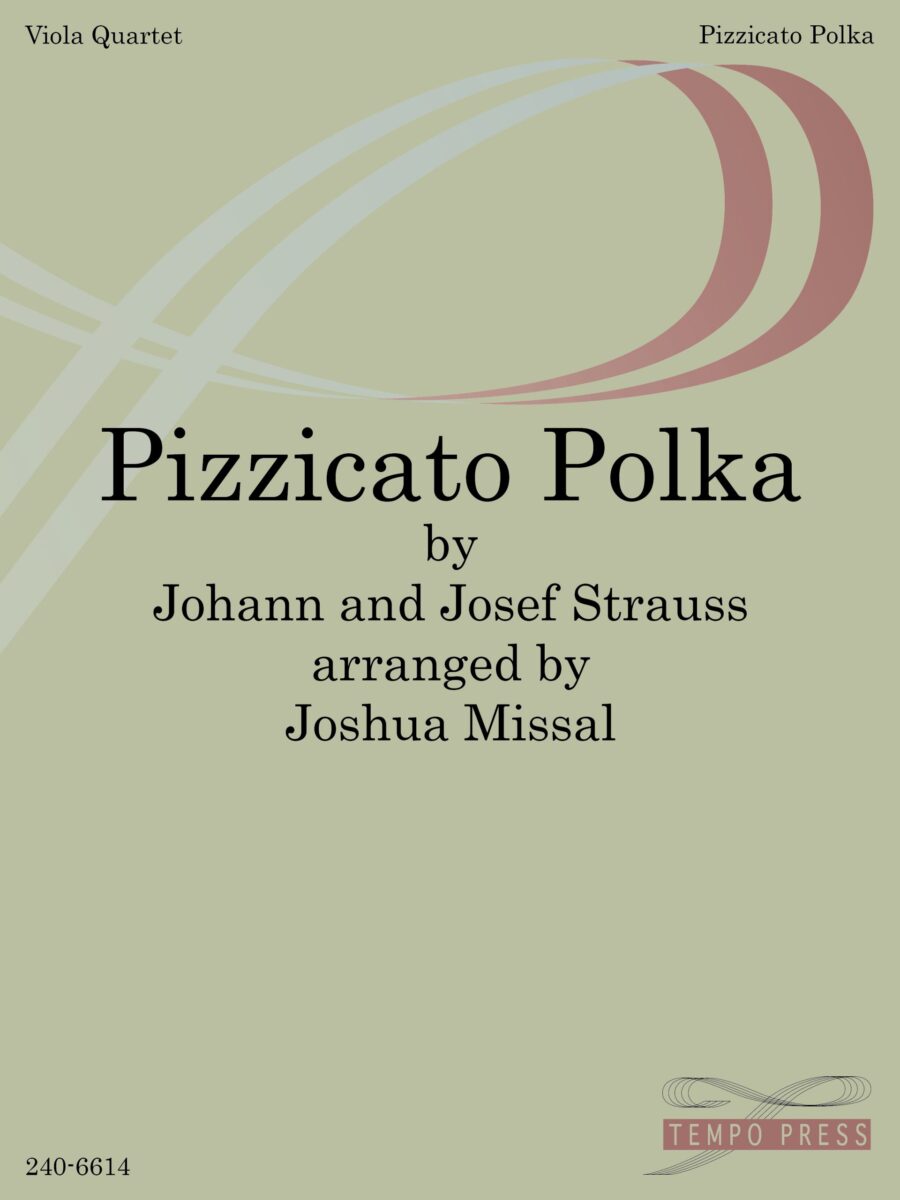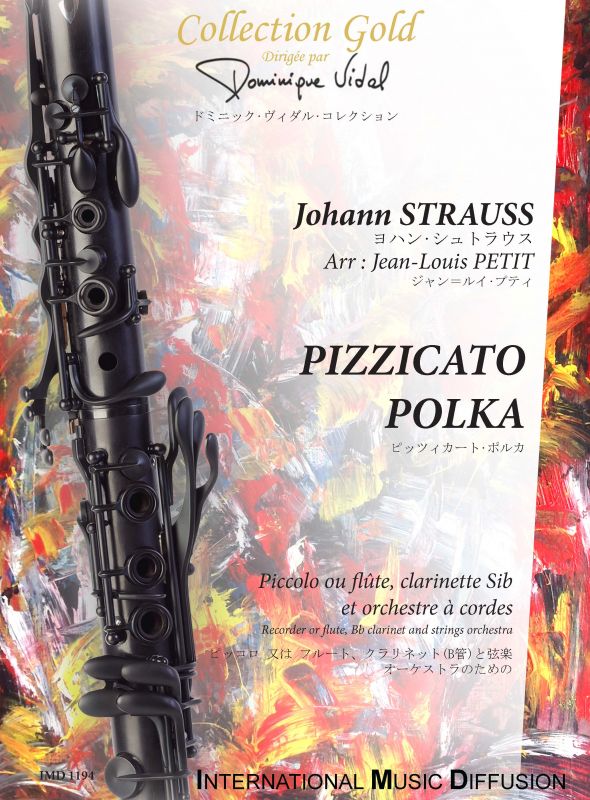

He then married Adele Strauss (her married name from a previous spouse who was not related to Johann‘s family). After nine years Strauss separated from her, and had to become a Protestant and give up his Austrian citizenship to divorce her. After the death of his first wife in 1878, he married the actress Angelika Dittrich. Throughout his career, Strauss was very much in the public eye, both in Vienna and in his international travels. During his lifetime and after his death, there were also many attempts to create new operettas based upon collections of his best-known dance compositions, particularly the waltzes. Many of his works underwent numerous revisions, sometimes as drastic as setting an entirely new libretto to the music. It was not particularly successful, and Strauss resumed composing operettas. His efforts culminated in Ritter PazmanPazman, which premiered in 1892. Strauss also aspired to compose serious opera. had serious as well as humorous elements, and established a new type of operetta that proved influential for other composers such as Lehar. Der Zigeunerbaron had serious as well as humorous elements, and established a new type of operetta that proved influential for other composers such as Lehar. While Die Fledermaus is based upon the Offenbach model, Der Zigeunerbaron is a fusion of operetta with comic opera. Strauss‘ works took operetta in a new direction, gradually veering away from the French operas bouffes and evolving into a style that was purely Viennese.

The work was successful, as was his next operetta, Carneval in Rom, which debuted in 1873, but it was Die Fledermaus (1874) that is regarded as his masterpiece and the finest example of Viennese operetta. Strauss‘ first complete operetta, Indigo und die vierzig RauberRauber, premiered in 1871. The enduring success of his two finest stage works, Die Fledermaus and Der Zigeunerbaron, is due in part to the excellent work of his librettists (Richard Genee for, is due in part to the excellent work of his librettists (Richard Genee for Die Fledermaus and Ignaz Schnitzer for Der Zigeunerbaron). He lacked a strong theatrical sense and was more proficient at instrumental than vocal writing. He found the necessity of working within a specific text confining, and would often compose scenes and entire finales with only a brief excerpt of the libretto as reference. Johann was not as comfortable with music for the stage as he was with waltzes and polkas. Most of Strauss‘ subsequent dance music was excerpted from his operettas. After resigning his position as Hofballmusikdirektor in 1871, he devoted himself primarily to composing for the stage. Offenbach‘s comic operas were extremely popular in Vienna, and Strauss‘ first wife, the singer Henriette (Jetty) Treffz, joined members of the Vienna theater establishment in encouraging him to try his hand at operetta. By the 1870s, however, Strauss began to turn his attention to the stage. He brought the Viennese waltz to its highest form with his gifts for melody, interesting harmonic structures, and clever orchestrations. Most of his better known dances were composed during the 1860‘s and early 1870‘s. He was (correctly) deemed the heir of his father‘s musical legacy, and inherited his father‘s title of "The Waltz King." Indeed, Johann Strauss II is best remembered for his waltzes and polkas, which include An der schonen, blauen Donau and the Pizzicato-Polka, which he wrote with his brother Eduard. Johann enjoyed tremendous success as both composer and conductor, touring Europe, Russia, and the United States. He was named Hofballmusikdirektor in 1863, a position he held until 1871, and engaged his brothers Josef and Eduard (both of whom were also composers) as conductors and violinists. When his father died in 1849, Joseph II combined the two orchestras.

Pizzicato polka op. 234 professional#
Johann formed his own orchestra and made his professional debut as concertmaster and conductor in 1844, performing both his own works and those of his father. When the senior Strauss abandoned the family, Johann pursued additional formal musical training.

He began composing when he was six years old, and his mother arranged for him to secretly study violin with Franz Amon, the leader of his father‘s dance orchestra. The younger Johann, however, displayed musical gifts at an early age. Despite his great success, the elder Strauss was adamantly opposed to the idea of his son pursuing a career in music and intended Johann to enter the banking profession. Johann Strauss ComposerJohann Strauss, the oldest son of celebrated composer and violinist J.Strauss, was born in Vienna on October 25, 1825.


 0 kommentar(er)
0 kommentar(er)
